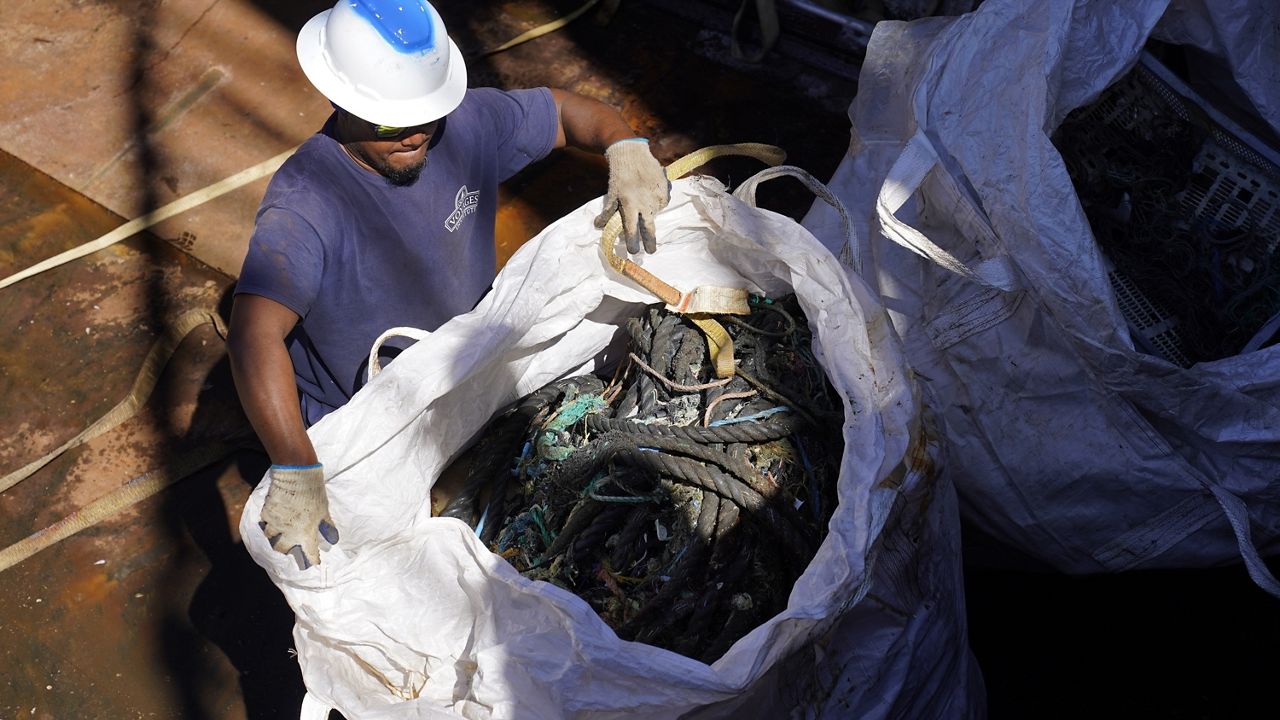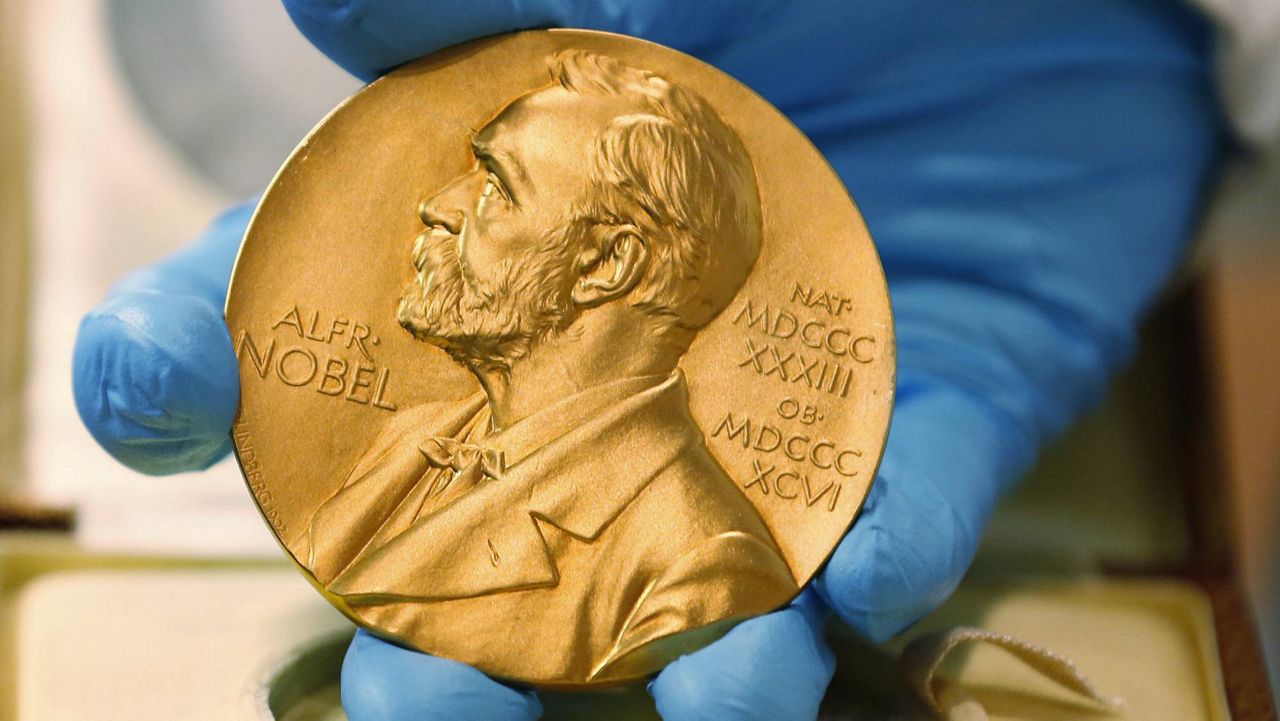A vast trash heap swirling for years in the Pacific Ocean has become a thriving ecosystem for both open sea and coastal creatures, according to a new study.
What You Need To Know
- A vast trash heap swirling for years in the Pacific Ocean has become a thriving ecosystem for both open sea and coastal creatures, according to a new study
- The study, published Monday in the journal Nature Ecology & Evolution, analyzed 105 pieces of debris collected from November 2018 to January 2019 from the garbage patch between California and Hawaii
- Invertebrates – including crustaceans and sea anemones -- were found on 103 pieces
- Open water species were found on 94.3% of the debris, but more surprisingly, coastal species were found far from home on 70.5% of the items
The study, published Monday in the journal Nature Ecology & Evolution, analyzed 105 pieces of debris collected from November 2018 to January 2019 from the garbage patch between California and Hawaii. Invertebrates – including crustaceans and sea anemones -- were found on 103 pieces.
Open water species were found on 94.3% of the debris, but more surprisingly, coastal species were found far from home on 70.5% of the items.
In all, 484 specimens were collected from 46 different species – 80% of which were from coastal areas. Nearly all of those originated from the Northwest Pacific region, including Japan, according to the study. The researchers found evidence of reproduction in both sets of species.
The study’s authors wrote that their findings stand in contrast to “the long-standing paradigm that coastal taxa [species] largely cannot survive in the open ocean.” It's unclear how the coastal species made it out to sea.
“Our results demonstrate that the oceanic environment and floating plastic habitat are clearly hospitable to coastal species,” they wrote in the paper. “Coastal species with an array of life history traits can survive, reproduce, and have complex population and community structures in the open ocean.”
The coastal species could expand upon the garbage heap, becoming permanent open sea residents and altering the ecosystem, the researchers said.
Twenty-eight percent of the debris studied carried only open water creatures, and just 3.8% harbored only coastal species, the researchers found. Both open sea and coastal life was found on two-thirds of the items.
The debris included fishing nets, crates, ropes, bottles and more.
The research was conducted by scientists from several different groups, including the Smithsonian Environmental Research Center; Williams College and Mystic Seaport Museum in Connecticut; the University of California, San Diego; and Stanford University.
According to the National Oceanic and Atmospheric Administration, the "Great Pacific Garbage Patch" is often confused for a single accumulation of marine debris pulled together by ocean currents. Concentrations, however, can be found in various regions of the North Pacific.
It is difficult to estimate the size of the patch areas because their borders are constantly changing with the ocean currents and winds, the NOAA said. A 2018 study, however, estimated the overall Great Pacific Garbage Patch to be over 600,000 square miles – or more than twice the size of Texas.
A separate study last month predicted that, without urgent policy intervention, the amount of plastic waste entering aquatic environments will increase by around 2.6 times by 2040.
Such debris can be ingested by marine species, causing choking, starvation and other complications.
Ryan Chatelain - Digital Media Producer
Ryan Chatelain is a national news digital content producer for Spectrum News and is based in New York City. He has previously covered both news and sports for WFAN Sports Radio, CBS New York, Newsday, amNewYork and The Courier in his home state of Louisiana.





